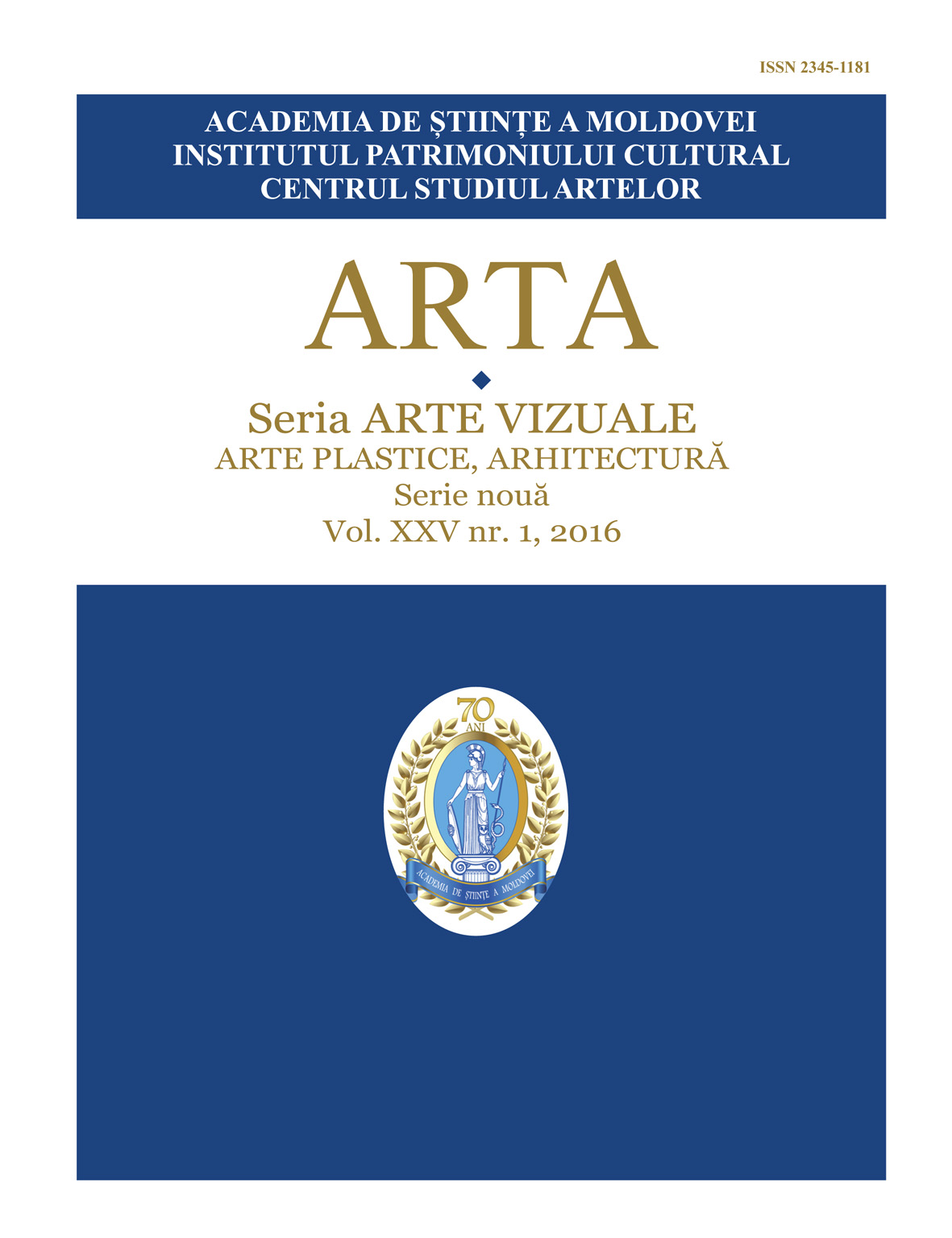Dinamica dezvoltării arhitectural-urbanistice a orașului Soroca în secolul al XX-lea
Architectural and urban development trends of the Soroca town in the XXth century
Author(s): Vitalie IatiucSubject(s): Architecture
Published by: Institutul Patrimoniului Cultural al Academiei de Științe a Moldovei
Keywords: development of Soroca; urbanism of Soroca; architecture of Soroca; Valentin Voițehovski; Johann Heinrich Muntz; the Great Synagogue in Soroca; Master Plan of Soroca
Summary/Abstract: The article is dedicated to the study of architectural and urban development of Soroca between 1900 and 1990. The development of the city during that period took place in four different states: the Russian Empire, the Romanian Kingdom, and Soviet Moldavia as part of the USSR and the Republic of Moldova. From 1812 to 1918 the city developed according to the Russian town-planning and architectural tradition, based on classical European urban planning culture. The Romanian period enriched the city with buildings in the spirit of „neo Rumanian” architecture and Art Nouveau. The Soviet period is characterized by strong state centralization of urban development functions. The introduction of industrial construction methods transformed the one-floor town into a city with multi-story blocks of typical design. The author provides a critical analysis of the architectural and urban development of Soroca during the above-mentioned period.
Journal: Revista ARTA
- Issue Year: XXV/2016
- Issue No: 1
- Page Range: 73-79
- Page Count: 7
- Language: Romanian

